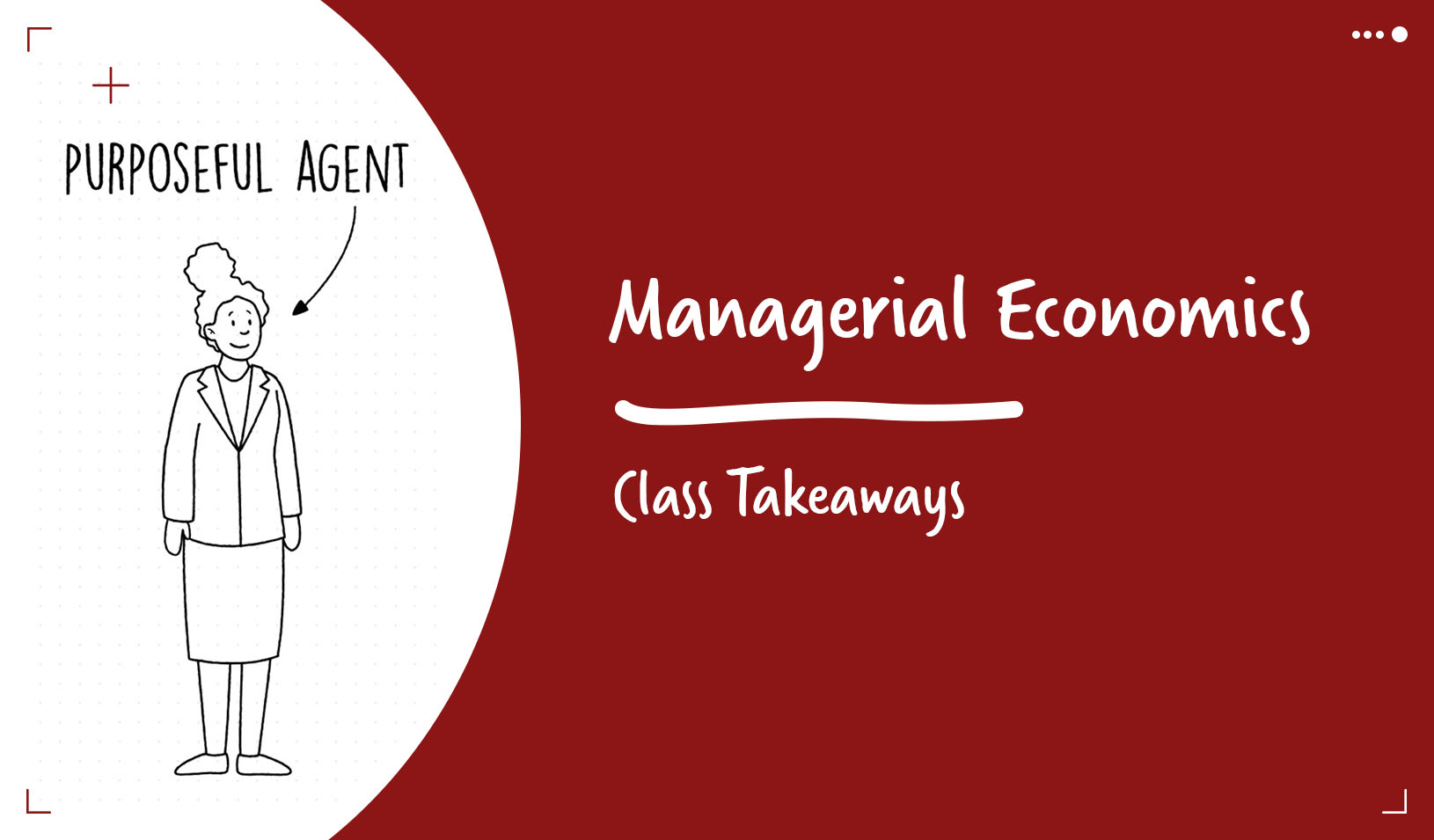
Want more leaders in your organization? Rethink your rewards structure. | iStock/Anagramm
Most companies hunger for hard-charging go-getters, and they sometimes motivate those workers with an “eat what you kill” model of compensation.
At its purest, eat-what-you-kill means basing the size of a person’s paycheck almost entirely on how much business that person brings in. Think here of sales reps, store managers, money managers, lawyers, and investment bankers.
At some point, however, even fast-growing companies need more than big producers. They need leaders who will invest time and effort on the big picture. They need people who can bring out the best in employees, communicate a vision, or build the firm’s public reputation.
Now comes a new study, coauthored by Kathryn Shaw of Stanford Graduate School of Business, that sheds light on encouraging high producers to become good leaders.
Shaw, who teamed up with Ann Bartel of Columbia Business School and Brianna Cardiff-Hicks of Cornerstone Research, looked at a firm in a field famous for hyper-competitive solo achievers: the law.
Founded in the 1990s, this particular law firm grew rapidly and, until 2007, relied almost entirely on an eat-what-you-kill system. On average, senior attorneys earned very low salaries but made about $20,000 from billable hours each month. Even the junior attorneys earned almost all their income from billable hours.
Ten years ago, the firm’s founders decided that the senior attorneys needed to spend more time on non-billable work that would benefit the firm as a whole. That kind of work included contributing to the firm’s image, coaching and training younger attorneys, improving efficiency, and attracting new clients.
“There was a natural transition, as the firm got bigger, to shift the emphasis of senior leaders from their billable hours to the greater non-billable hours spent building the customer base and human capital of their younger employees,” Shaw says.
Shaw and her colleagues wanted to see what happened when this law firm switched from an almost pure eat-what-you-kill approach to one that rewards work that benefits the firm as a whole.
Under the firm’s original system, attorneys received almost negligible fixed salaries but as much as 50% of what they had billed clients. After the law firm switched its rules in 2007, attorneys received bigger fixed salaries as well as bonuses for non-billable work — but only about 15% of the revenue they generated through billable hours.
For the senior attorneys, the total pay and the total number of hours worked didn’t change much at all. But the composition of both their work and their pay changed a lot: On average, the senior attorneys reduced their billable work by about 7.6 hours a month and increased their non-billable work from 21 to 28 hours.
Meanwhile, the junior attorneys increased their billable work by 9.2 hours per month, about 7%. In other words, the team leaders were hoarding less of their billable work and spending more time on boosting the firm after the change in pay practices.
As it happened, the results were a win-win for all the attorneys.
On a typical team, the senior attorney gave up about 7 hours of billable work but the two associates increased their billable work by a total of 18 hours. As a result, the firm as a whole was reaping more billable hours. And even though the junior associates were earning more than they had before, the firm was earning more for each of their additional hours as well.
That makes sense, says Shaw. The law firm was making better use of the junior associates, who had been underutilized under the old system.
The bigger question is whether the shift from eat-what-you-kill improved the long-run strength of the firm by having the senior attorneys invest more effort on the organization as a whole.
Shaw, an economics professor, and her colleagues say they couldn’t get enough data to make a judgment on that issue, but Shaw says that most experts believe that incentives for leadership and team-building are indeed a crucial investment.
Shaw turned up compelling evidence in a separate case study of local branches at the Royal Bank of Canada. The branches that had the highest customer satisfaction and loyalty were also the branches in which employees had the highest opinions of their own managers. The most successful branches, in other words, were the ones where managers did the best jobs at motivating and supporting people on the front lines.
In fact, a famous study by Google of its workforce found that the most important characteristic of top managers was not their technical expertise. Rather, the top-performing managers were the ones who had good people skills and invested time in the employees they supervised.
To be sure, Shaw says, companies of all types still want ambitious go-getters who dream of big paychecks. But nudging people to work for the good of the whole organization can be a winning strategy for everyone.
Kathryn Shaw is the Ernest C. Arbuckle Professor of Economics at Stanford Graduate School of Business.
For media inquiries, visit the Newsroom.






